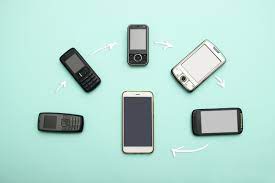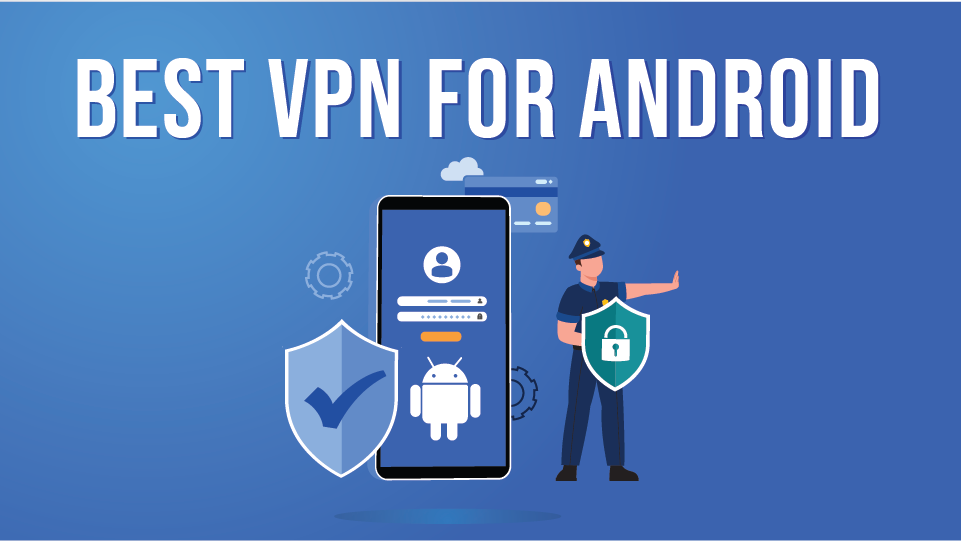Describing the Evolution of Smartphones and Their Impacts
Describing the Evolution of Smartphones are evolutionizing the way we communicate, work, and connect with the world around us.

In today's fast-paced world, it's hard to imagine life without evolution of Smartphones. These pocket-sized devices have become an integral part of our daily lives, revolutionizing the way we communicate, work, and connect with the world around us.
The evolution of smartphones over the past few decades has been nothing short of remarkable, shaping not only our communication habits but also the way we live. In this blog post, we will delve into the fascinating journey of smartphones and explore their profound impact on communication.
The Evolution of Smartphones
The concept of a handheld device that could perform tasks beyond making calls has been around since the 1970s. However, it was not until 1992 that the first recognizable smartphone made its debut. IBM's Simon Personal Communicator, often referred to as the IBM Simon, combined a mobile phone with PDA (Personal Digital Assistant) features.
It could make calls, send faxes, and even had a rudimentary touch screen interface. Though bulky by today's standards, the IBM Simon laid the foundation for what was to come.
The Early 2000s: The Rise of Feature Phones
The early 2000s saw the emergence of feature phones, which were more compact and offered enhanced communication capabilities. Brands like Nokia, Motorola, and Sony Ericsson dominated this era. These phones introduced innovations such as color screens, text messaging, and basic internet connectivity through WAP (Wireless Application Protocol). While not as powerful as today's smartphones, these devices marked a significant leap forward in terms of communication.
The iPhone Revolution
The real game-changer arrived in 2007 when Apple introduced the first iPhone. With its sleek design, multi-touch interface, and the revolutionary App Store, the iPhone set new standards for smartphones. It combined a phone, an iPod, and an internet communication device into one. Suddenly, email, web browsing, and instant messaging became seamlessly integrated into our daily lives. The iPhone's success spurred competition, leading to the development of the Android operating system by Google and the subsequent rise of a wide variety of Android-based smartphones.
The Era of App Ecosystems
One of the most significant impacts of smartphones on communication was the proliferation of mobile apps. The App Store and Google Play Store opened up a world of possibilities for developers, enabling them to create innovative applications that catered to various communication needs. From social media platforms like Facebook and Twitter to messaging apps like WhatsApp and WeChat, these apps changed the way we interacted with others. The ability to share photos, videos, and instant messages revolutionized personal and professional communication alike.
The Integration of Cameras
As smartphones evolved, their cameras improved significantly. The inclusion of high-quality cameras made it easy for people to capture and share moments from their lives. Social media platforms became a hub for sharing photos and videos, further enhancing the way we communicate. Suddenly, it wasn't just about words; it was about images, videos, and multimedia content that allowed us to convey our thoughts and experiences in a richer and more personal way.
The Rise of Mobile Internet and 4G
The development of faster mobile internet technologies, such as 3G and 4G, further transformed the way we communicate. These advancements made it possible to browse the web, stream videos, and engage in video calls with ease, no matter where we were. Mobile data became more affordable and accessible, connecting people to the digital world at all times. This shift encouraged real-time communication, allowing us to stay updated, share experiences, and collaborate on the go.
Evolution of Smartphones as Productivity Tools
Beyond personal communication, smartphones have also become powerful productivity tools. The integration of email, calendars, and productivity apps like Microsoft Office and Google Workspace transformed smartphones into mobile offices. Professionals could now respond to emails, edit documents, and attend virtual meetings while on the move. This flexibility revolutionized the way we work, making remote work and telecommuting more accessible than ever before.
The Impact on Social Dynamics
The advent of smartphones brought about significant changes in social dynamics. While they undoubtedly improved communication by making it more accessible, they also raised concerns about over-reliance on digital interactions. Face-to-face communication has sometimes taken a backseat to texting and social media, leading to concerns about the quality of our relationships. However, smartphones have also enabled us to maintain connections with friends and family across great distances, fostering a sense of global community.
Privacy and Security Concerns
As smartphones became central to our lives, privacy and security concerns emerged. The amount of personal data stored on these devices made them attractive targets for hackers and data breaches. Issues like location tracking, data mining, and surveillance became subjects of public debate. Manufacturers and app developers have had to work continuously to enhance security features and user control to address these concerns.
The Emergence of 5G and Beyond
The evolution of smartphones is an ongoing process. The introduction of 5G networks promises even faster internet speeds and lower latency, paving the way for new possibilities in communication. Augmented reality (AR) and virtual reality (VR) applications are expected to become more integrated into our daily lives, creating immersive communication experiences. Additionally, advancements in AI and machine learning will further personalize and enhance our interactions with smartphones.
The Future of Communication by Evolution of Smartphones
Looking ahead, the future of communication is likely to be shaped by the continued evolution of smartphones. These devices will become even more integrated into our lives, serving as hubs for our digital interactions, health monitoring, and daily tasks.
AI-driven virtual assistants will become more sophisticated, making our smartphones not just communication devices but personal assistants that understand and anticipate our needs.
The evolution of smartphones and their impact on communication have been nothing short of remarkable. From humble beginnings as basic communication devices, smartphones have transformed into powerful, all-encompassing tools that shape the way we connect, work, and live.
They have revolutionized the way we communicate, making it more accessible, personal, and efficient. While there are challenges to navigate, such as privacy concerns and the balance between digital and face-to-face interactions, the future of smartphones promises even more exciting possibilities.
As we move forward in this digital age, it is essential to recognize the profound impact that smartphones have had on communication and to adapt to the ever-evolving landscape of technology and human interaction. Embracing these changes while mindful of their implications will ensure that smartphones continue to enrich our lives and foster meaningful connections in the years to come.
What's Your Reaction?


















